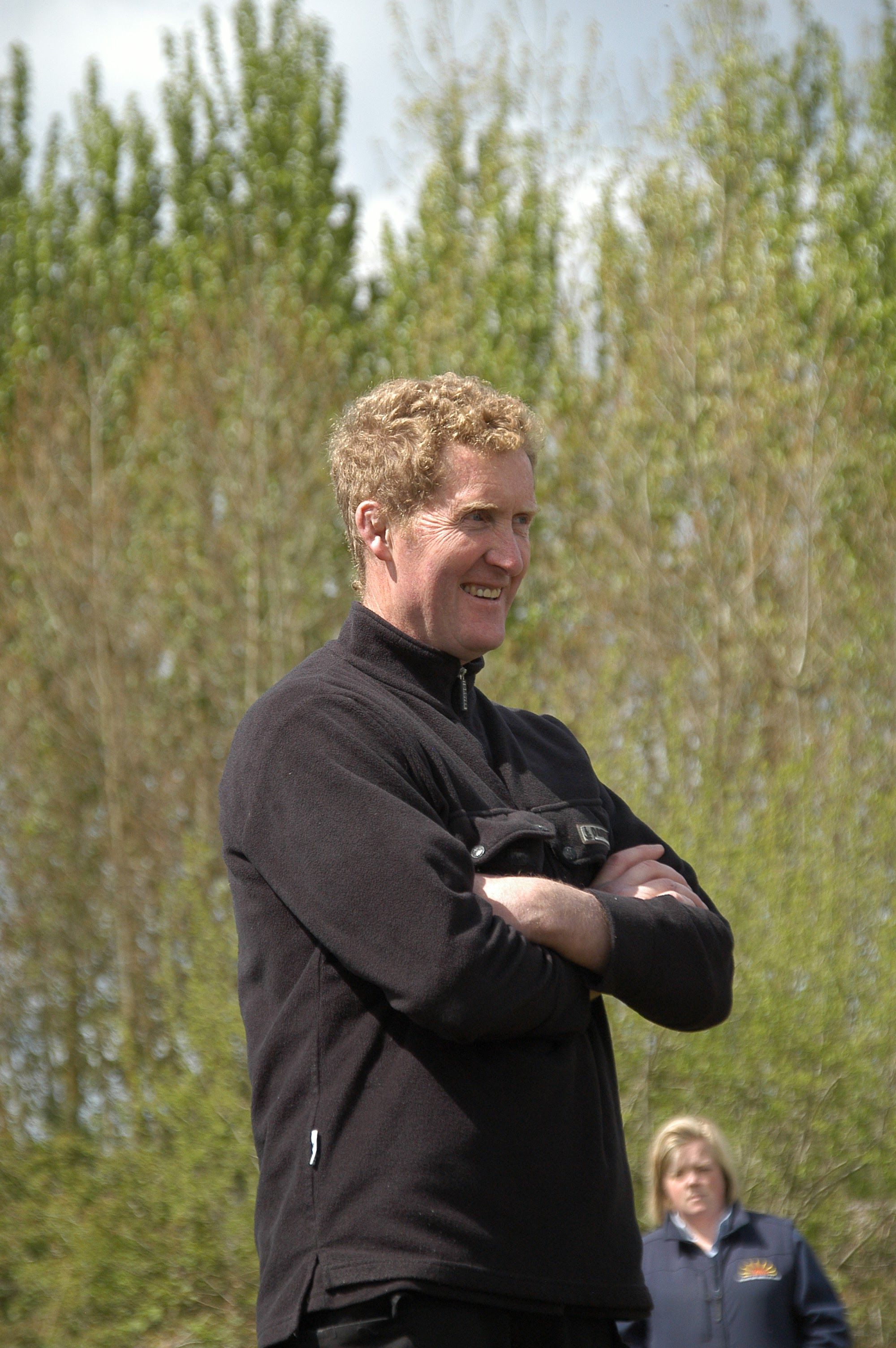- Home
- Knowledge library
- Meet Forage for Knowledge contributor Keith Davis
Meet Forage for Knowledge contributor Keith Davis
As herd manager for Lydney Park, Keith Davis has been growing and measuring grass for the past 12 years but has found this year’s weather ups and downs tiresome.
The business
Lydney Park is part of the Bledisloe Estate, near Chepstow in Gloucestershire. The dairy herd employs six full-time and seven part-time staff, including Keith Davis as herd manager.
The farm
Soils: River silt on the milking platform; sandy soils on the heifer platform.
Altitude: 2 m above sea level, beside the River Severn. Flood barriers prevent high spring and autumn tides from flooding. Heavy rainfall at high tide, however, can flood with fresh water.
Rainfall: 1.03 m (42”).
Land area: 299 ha milking platform stocked at three cows/ha; 170 ha heifer platform for outwintering.
The cows
900 Jersey crosses, block calving, starting on 21 February. Turnout from calving and housing from mid-November; 530 heifers, outwintered on deferred grazing, plus big-bale silage until Christmas. In-calf heifers are then housed and 150 far-off dry cows are turned out to release yard space.
The herd was milking once a day through an old 32-point rotary parlour, averaging 3,600 kg from 250 kg of cake, but has been split, with 500 cows being milked twice a day, to fill 3.6 million litres and dilute fixed costs.
How has your grazing year been so far?
“Tiresome,” says Keith. “It’s been as dry as 2018 and we are 1,500 t short of silage. We have 2,200 t in the clamp for winter but are very short of grub. We had to feed silage at the end of June. Then it rained and we were OK for just two weeks but had to feed silage again. We are buying it in as we feed it.”
Keith hopes that maize will be relatively cheap to buy off the field as local arable farmers planted it following unsuccessful autumn and spring crops. The heifer platform is also short of grass where 25 ha had failed to reseed in spring, plus about a third of it was simply unproductive.
The usual May grass growth peak of 90–100 kg DM/ha/day has plummeted to 60 kg and is currently 10 kg. By mid-August, cows were grazing 6 kg DM/head/day, fed 4 kg/head of concentrates, plus 6 kg/head of maize for OAD cows, with 7 kg/head of maize for TAD cows.
How does this year compare with your five-year average?
“We would normally grow 10 t DM/ha by this time of year and are at 7.5 t DM/ha. But quality has been very good, with nearly all of our samples over 12 MJ ME/kg DM and our lowest protein was 18%, with the rest at 23–25%.”
What are the grazing plans for autumn?
Keith plans to build lower covers going into winter, taking AFC to 2,400–2,500 kg DM/ha. “On this basis we’ll start the last round of 40 days from 6 October. I like the theory about not building too high covers as cows won’t graze efficiently and milk off 3,000 kg DM/ha,” he explains.
Grazing goals for next year?
“I’d love to improve grazing on the youngstock platform,” says Keith. “It is on lighter soil, so doesn’t get the same yields, but I’d like to get from 10 t DM/ha to 12–13 t DM/ha by better management (it has been a bit random) and outwintering less.”


